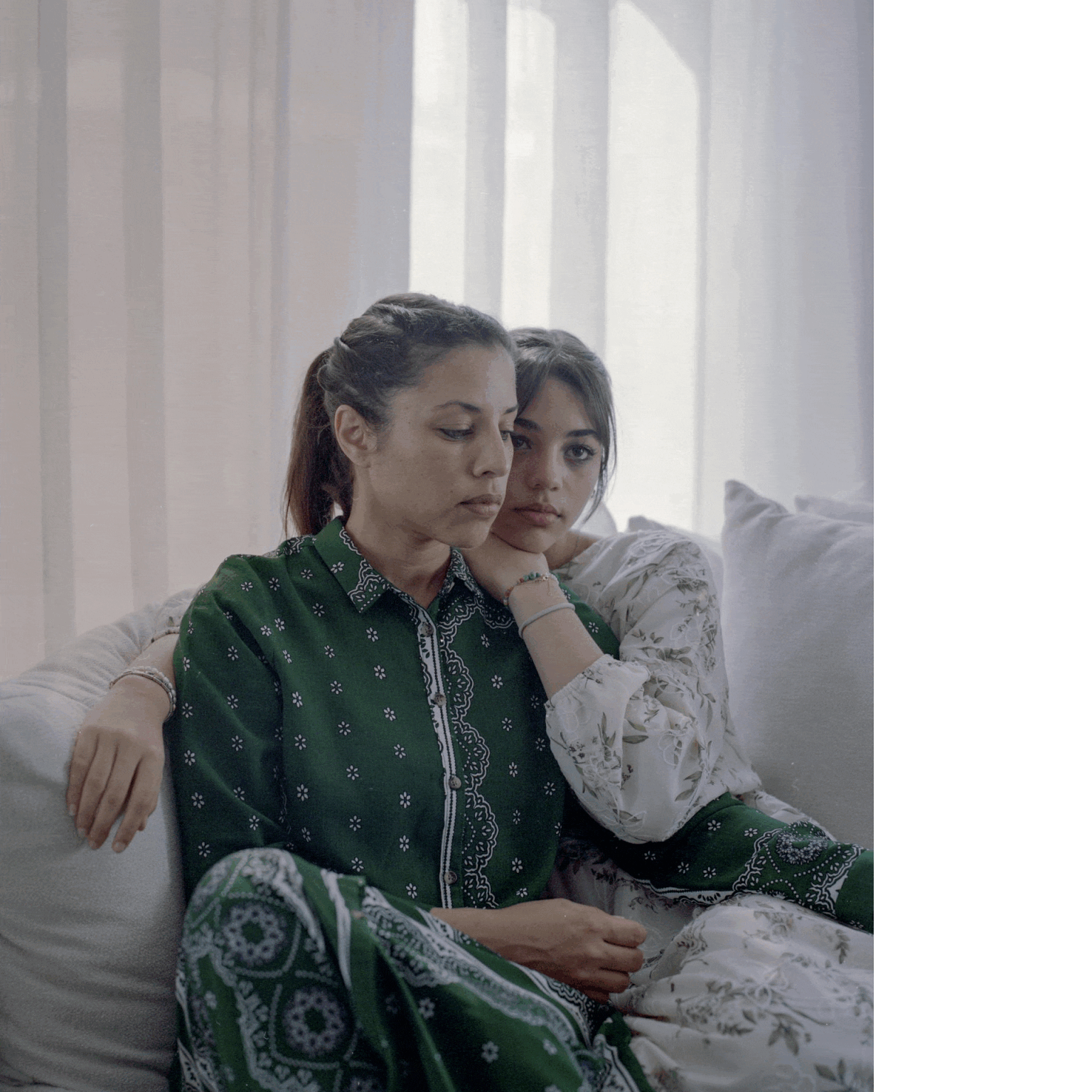Valentin Joseph Valette
French, of Algerian origin. Author-photographer, doctoral student in visual anthropology. Based between Northern Africa, Gulf countries, and France. Driven by both my photographic practice and my studies in the Humanities and Social Sciences, I explore photography as a research instrument. My interest in the Arab and Muslim worlds, nurtured by my studies in sociology and political science at the Institute of Political Studies (Sciences Po Aix-en-Provence), has led me to live between North Africa, the Gulf countries, and France. In 2021, I joined the French National Research Institute for Sustainable Development (IRD) in Tunisia as part of the CNRS research program Urban Territories and Crisis Governance (TURGOCRISE), for which I produced a research film (currently in editing) and conducted a sociological study. Since 2023, I have been carrying out a photographic commission for Médecins du Monde on the theme of migration health among harragas. Since 2021, I have also been interested in the evolving political, economic, and social orientations of the Persian Gulf countries. This long-term exploration first took shape through an extensive photographic project in the Sultanate of Oman. Engaging with geographical concepts as well as migration issues, this project is titled "Ashes of the Arabian’s Pearl." I am currently working on the publication of my first photobook with Basaltes Edition. In early 2024, I secured funding for a doctoral project in visual anthropology, titled "The Harkis and Algeria: Links, Experiences, and Circulations." Positioned at the intersection of migration studies, memory, and belonging, this research is conducted within the Institute of Ethnology and Social Anthropology (IDEAS) at Aix-Marseille University. For several years, I have divided my time between commissioned photographic work, longterm personal projects, and academic engagement. Alongside my research and visual arts activities, I curate the African photographic archive of Jean Depara, a Congolese photographer from the 1950s-1970s, whose negatives I rediscovered.

Ashes of the Arabian’s Pearl
On January 10, 2020, the Sultanate of Oman mourned the death of Qābūs Bin Sa‘īd ĀlBūsa‘īdī, a beloved and cherished monarch whose fifty-year reign was marked by longevity, an absolute record in the Arab world. Throughout these years, Sultan Qābūs had shaped himself into a founding figure of modern Oman, dedicated to rapidly developing the country through oil wealth and inspired by the myth of the “nahda” or “renaissance”. Now, it falls upon his cousin, the current Sultan Haitham Bin Tariq, to carry on the development policy, Oman Vision 2040 initiated by Qābūs before his death. Between the end of a successful reign for Sultan Qābūs and the commencement of Haitham's era, Ashes of the Arabian's Pearl embarks on an odyssey through a realm of intertwined destinies. This project explores a period of interconnection, a chrysalis of monarchic transition, and the pressing need for economic diversification as the oil and gas resources dwindle. From 2020 to 2023, this documentary project was born of a desire to closely observe the dynamics of economic development and the subjective future of this Gulf monarchy. In that spirit, Ashes of the Arabian's Pearl cultivates a metaphorical conversation between two distinct demographics: those in positions of employment and those who serve in such roles. The documentary illustrates the lifestyles of numerous men, specifically the skilled artisans who craft the dreams of the nation, largely hailing from India, Pakistan, and Bangladesh while contrasting their experiences with those from Omani entrepreneurial families. This photographic research summons the whispers of the past - the imprint left by Qābūs - by mobilizing a concept from urban geography, “the tomason” as a scientific tool to designate a unique category of objects, spaces, and buildings that intrigue us because they seem out of place, known to be remnants of the past, forgotten, sometimes broken. But what past? Why are they there? What were they used for? How long will they remain? These memorative signs refer to the connection between space - that of territorial development - and time - that of Qābūs' glorious reign - in nostalgic and memorial processes. These vestiges seeped in memory, underlining the tapestry of Qābūs' radiant reign, etched in the folds of reminiscence. Much like the Sultanate of Oman itself, this project resides at the crossroads of dual temporalities, serving as a poignant bridge between the past and the present.
Valentin Joseph Valette
